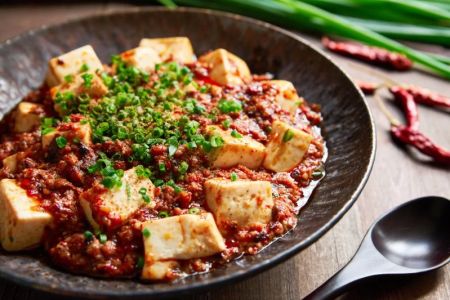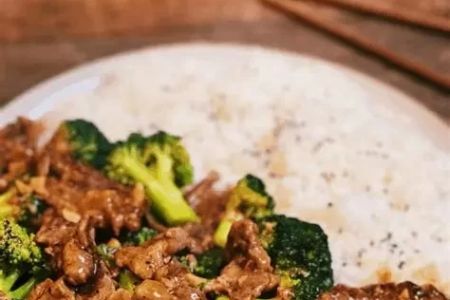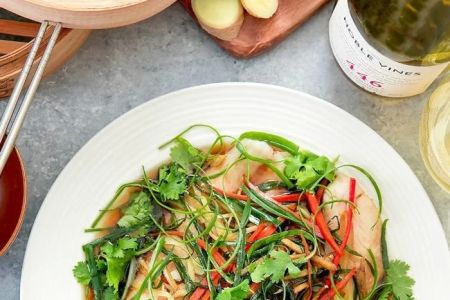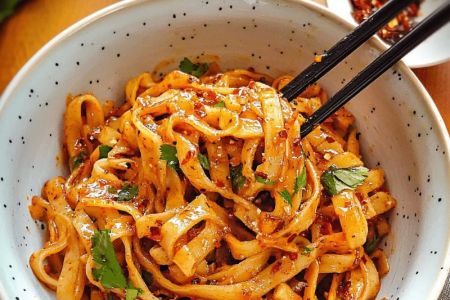- 1-understanding-the-concept-of-comfort-food-in-chinese-cuisine-#comfort-food-meaning
- 2-how-chinese-comfort-food-differs-from-western-ideas-#cultural-comparison
- 3-common-examples-of-comfort-food-in-chinese-cuisine-#classic-dishes
- 4-family-and-tradition-behind-comfort-food-#cultural-roots
- 5-modern-twists-on-traditional-comfort-food-#fusion-trends
- 6-how-comfort-food-supports-emotional-wellbeing-#mental-health
- 7-real-life-stories-and-experiences-with-comfort-food-#personal-touch
- 8-choosing-authentic-chinese-comfort-food-at-chinese-food-#curated-selection
Understanding the Concept of 'Comfort Food' in Chinese Cuisine
When people think of comfort food, they often imagine warm meals that evoke childhood memories or provide a sense of safety during stressful times. In China, the concept of comfort food is deeply tied to cultural traditions and family life. It’s not just about filling the stomach—it’s about nurturing the soul with flavors passed down through generations.
1. How Chinese Comfort Food Differs from Western Ideas
In Western culture, comfort food is often associated with indulgence—like macaroni and cheese or fried chicken. In Chinese cuisine, comfort food tends to emphasize balance and nourishment. A bowl of congee, for instance, may look simple, but it represents healing and care, often prepared by family when someone is sick. These differences highlight how food is both a cultural and emotional experience.
2. Common Examples of Comfort Food in Chinese Cuisine
Some dishes are universally recognized as Chinese comfort food. Dumplings symbolize family unity and are often eaten during the Lunar New Year. Hot pot, shared among friends and family, creates a sense of togetherness. Other examples include wonton soup, scallion pancakes, and braised pork belly—dishes that carry both flavor and emotional weight.
3. Family and Tradition Behind Comfort Food
Much of the comfort comes not just from the food itself but from the rituals surrounding it. Cooking together, eating at a round table, and passing down recipes are as important as the dishes. Comfort food is often the bridge between generations, allowing younger people to feel connected to their heritage.
4. Modern Twists on Traditional Comfort Food
Today, Chinese comfort food is evolving. Younger chefs are reinterpreting classics with creative flair, like giving traditional baozi a fusion twist with modern fillings. In big cities, street vendors and upscale restaurants alike are reimagining traditional favorites, blending nostalgia with contemporary tastes.
5. How Comfort Food Supports Emotional Wellbeing
Comfort food has a psychological impact that goes beyond taste. A steaming bowl of noodles on a rainy day, for example, can lift spirits and create a sense of belonging. For Chinese communities abroad, comfort food is often a reminder of home, helping reduce feelings of loneliness or cultural disconnection.
6. Real-Life Stories and Experiences with Comfort Food
Many Chinese families share similar stories: a grandmother making hand-pulled noodles on a cold winter day, or a parent preparing soup for a child after a long school day. These meals often become cherished memories. In one popular online story, a Chinese student studying overseas described how cooking dumplings helped her fight homesickness and connect with new friends.
7. Choosing Authentic Chinese Comfort Food at Chinese Food
If you’re looking to explore authentic comfort food, Chinese Food offers carefully curated recommendations for both traditional dishes and modern interpretations. Whether it’s a simple congee, flavorful hot pot, or a new twist on dumplings, you’ll find the perfect way to experience the emotional warmth behind Chinese cuisine.







